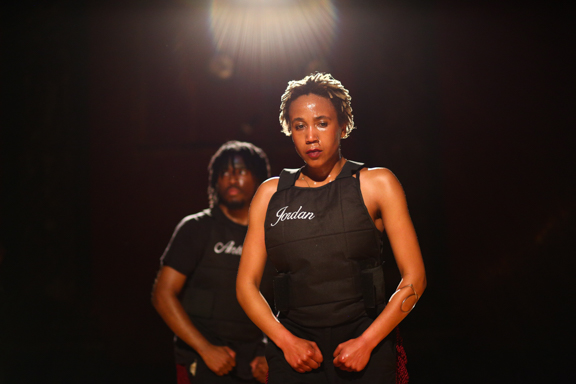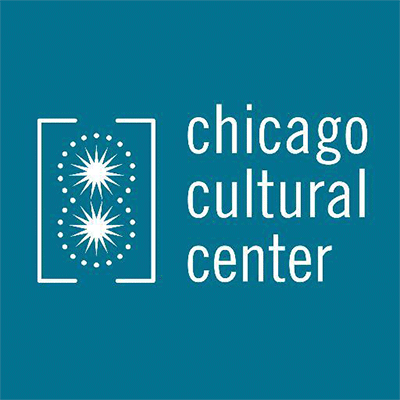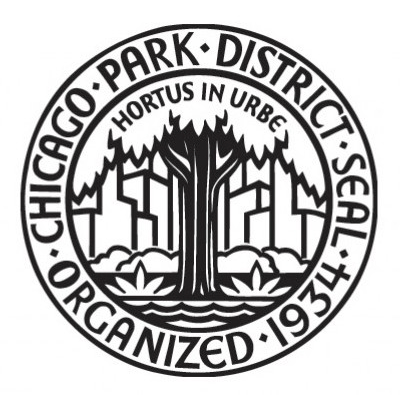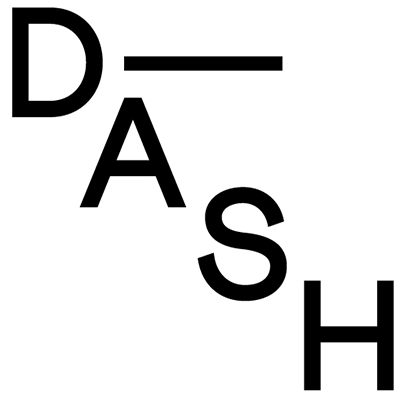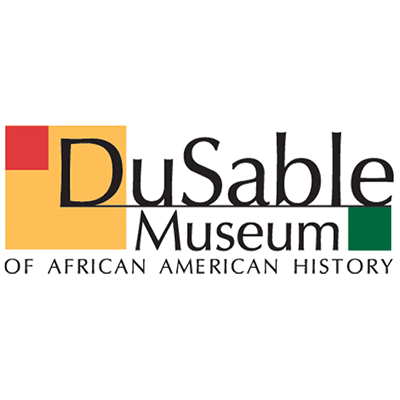Red Summer Road Trip
Image from 1919 by Jun Fujita
In the late summer and early autumn of 1919, violence and uprising erupted across the United States. Hundreds of black lives were lost in the midst of a transitory period of unrest and hostility that was named The Red Summer.
As the nation marks a full century since then, we are in a new era of unrest.
This summer, Pinder is embarking on a classic American journey:
A road trip to visit major sites of The Red Summer. He intends to bring into focus how much has changed since that summer – and how much has not.
Aiming to create a body of work in potentially hostile communities, Pinder seeks an audience of people with differing perspectives. Through this journey, the artist hopes to explore the complexities that shape America. This road trip builds on the legacy of Jack Kerouac, who inspires Pinder to think of the journey itself as a medium for creativity by finding poetic influences from the ordinary — recording, documenting, and learning on the road. Pinder’s work also draws inspiration from The Freedom Riders, who offered an interventionist model. By pushing the boundaries of what was acceptable, they used their physicality to elicit interaction. Through movement, they embodied change.
Over a two-month period, Pinder will explore cities and towns across the South by car to provoke conversations about racial injustices that occurred a hundred years ago and still make up the fiber of black experiences nationwide.
Stops
Washington D.C.
At The Source Theatre, Jefferson Pinder and a team of physical performers will train their bodies through frenetic sequence in THIS IS NOT A DRILL. Preparing to engage with the demons of past and present day, The Middle Passage Guerilla Theatre Company probes into close-order drill, shooter drills, boxing, and Bo staff training to delve into communal strength. These performers are on the ready to explore sites of violence and injustice. Considering training techniques used by the Student Non-violent Coordinating Committee, The Black Panther Party, and Marine Corps hand-drill training, the performance crew finds unity through ritualized physical routines. Based on historic techniques of martial empowerment, figures will be in constant motion, preparing for inevitable conflict. As the performers grapple with their own endurance and unite in the face of racial divides, the audience will be confronted with the intensity of this struggle.
Houston, Texas
Pinder will reenact the Camp Logan uprising. The group will follow the footsteps of the bloody engagement that lead to the largest court-martial in US history — a significant but often overlooked event.
New Orleans, Louisiana
Pinder will bring THIS IS NOT A DRILL to the Marigny Opera House. The team of powerful performers behind the Middle Passage Guerilla Theatre Company will demonstrate the next evolution of the piece as the explore the power of militarization and communal strength in another site of historical racial violence. The New Orleans iteration will feature a collaboration with local composer Avery Bell and his musicians who will add live instrumentation to the work.
Chicago, Illinois
The road trip will conclude with a commemorative performance in Chicago; the city that experienced the greatest and most violent of the race riots of the Red Summer.
July 27, 1919: Chicago’s beaches remain unofficially segregated, and a black teen, Eugene Williams, floats on a raft into an area on a South Side beach that is primarily used by whites. Williams is then brutally stoned and drowned by a group of white teenagers.
Eugene Williams’ death, and the Chicago Police Department’s refusal to take action against his attackers, prompted nearly two weeks of conflict between black and white masses on the South Side. During this period, white mobs torched and destroyed hundreds, if not thousands, of black homes and businesses. Over a thousand black families were made homeless, 537 black people were injured, and close to 40 were killed.
To recognize and commemorate these events, Pinder and fellow Chicago artist A.J. McClenon will engage with Chicagoans in a performance on the lake. Inflatables crafted specifically for this event will allow dozens of folks to float on the lake together as a means to memorialize this site of violence a full century later.
Longview, Texas
On July 13, 2019, 100 years and 1 day after the Longview race riot, I spent the morning in Longview, TX passing out copies of a 1919 Chicago Defender article that described the brutal killing of Lemuel Walters, a black man who was murdered after he was discovered having a relationship with a white woman. The article, which was submitted to the Chicago Defender by local black leader, S. L. Jones, described the relationship between Walters and the white woman as being romantic and consensual. The circulation of this article angered the surrounding white community and led to a violent mob that burned down various black owned businesses and led to the killing of Marion Bush, the father of another local Black leader. As a way of reenacting the circulation of this article 100 years ago, I put a copy of the article on the windshield of every car parked in the downtown area.
Ellisville, Mississippi
On July 14, 2019 I visited Ellisville, Mississippi where on June 26, 1919, John Hartfield was lynched in front of a crowd of 10,000 people after he was accused of being in a relationship with a white woman. He was hung from an unidentified gum tree near the railroad tracks.
Elaine, Arkansas
The Elaine Race Riot In Elaine, Arkansas, on September 30, 1919, after rumors arose that black sharecroppers were organizing an uprising, Governor Charles Brough gave a group of soldiers permission to kill indiscriminately. This resulted in the massacre of over 200 men, women and children. I visited a mound in the middle of a cotton field where victims of this massacre lay buried. As I walked through the rows of cotton plants towards the mound, I experienced a deep spiritual connection to the space.



